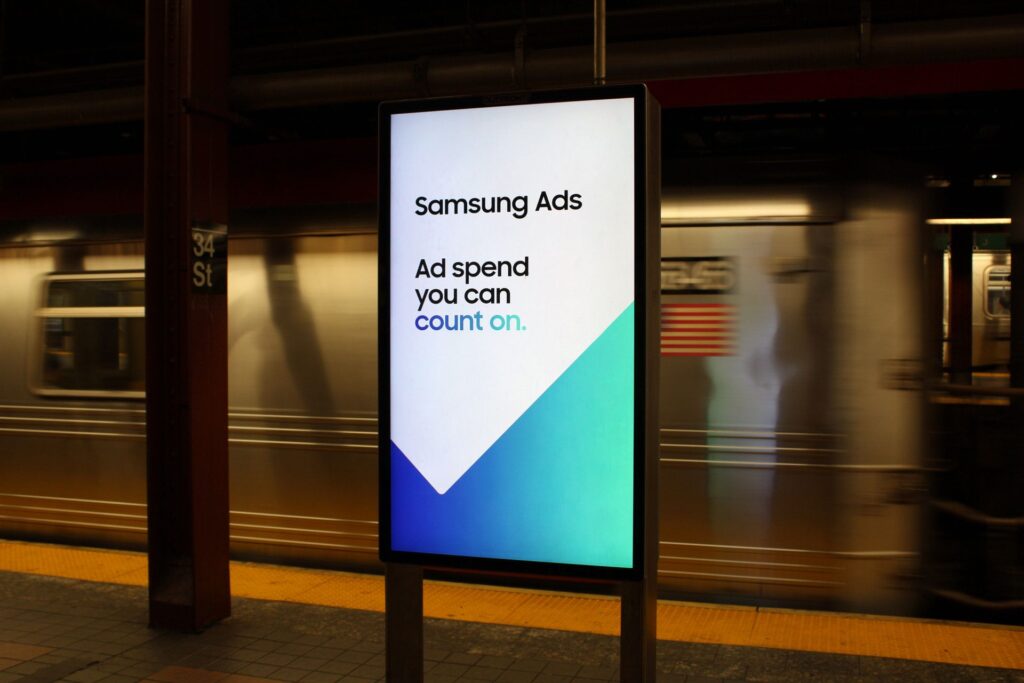Many programs have fallen into the “best practice” trap of copying others, focusing on pragmatic value and discount-based rewards. This tendency has created a commoditization of loyalty programs, which increasingly look alike to consumers. In fact, according to a new Colloquy white paper, when asked whether “it pays to be loyal to your favorite brands,” only 12% of U.S. consumers “strongly agreed.”
This creates opportunity: Programs that shore up their “relevance” offensive have the potential to differentiate themselves and outgun the competition.
You may have an expanding program membership list, but are members so engaged that they will stick with your brand for better or worse? For companies to win this battle for consumer hearts and minds, there are three tactical initiatives to deploy:
1. Make messaging relevant. A minority of U.S. loyalty members think that program communications are “extremely relevant.” But loyalty members do say that they see more value in communications from loyalty programs than in general company news.
Leverage this increased loyalty communication relevance even further by using the data you are already gathering. For more insight, ask customers for their preferences, needs and intentions. And then act on their answers.
Then, of course, put the consumer fully in control. Are your opt-ins and opt-outs easy for customers to change? Are they offered by category and channel? These are table stakes, because members across the board are still focused on privacy issues. Just over half of Americans say they are strongly concerned about the privacy and protection of their personal information.
2. Target unmet needs. If we explore psychologist Abraham Maslow’s “hierarchy of needs,” we discover areas where programs can exceed current customer expectations.
Maslow’s framework applied to loyalty translates into a base level of “expectations,” a mid-level of “desires,” and a top level of “unrecognized needs.”
The problem for loyalty programs is that if a customer’s frame of reference for how these programs work doesn’t include anything special, over time she won’t expect anything special.
Commoditization has resulted in program after program that seems to have collapsed down to points and discounts; and even then, redemption can be a challenge. Because of blackout dates, many customers have stopped expecting to be able to redeem for plane tickets. They have been disappointed and have learned not to expect much.
To address the higher needs, consider what your program is doing to engender a sense of “insider status” for customers. Are you inviting customers to help design how rewards and benefits are tailored to their needs? That is the new horizon for programs in the U.S.
Consumer-to-consumer dialogue and company-to-consumer-to-consumer trialogue both present new opportunities. Examples include community forums, such as the one created by Lego, where fans of Lego Mindstorms share photos and step-by-step processes of their projects. At the Starbucks website, customers trade product ideas, some of which are put into development by the company. With that level of engagement, emotional loyalty grows.
3. Focus on execution. Operationalizing these solutions can be the big checkpoint holdup on the road to relevancy and winning emotional loyalty. The optimal solution extends beyond loyalty marketing and involves using the data to transform the organization from being product- or channel-focused to being a truly customer-centric organization.
Flawless execution must begin with ease of engagement: When asked why they actually joined a program, 64% of U.S. customers said it was because the program “makes it easy to redeem for a reward when you have earned it.” Redemption was ranked number one for the U.S., with programs being “easy to understand” a close second. That was cited as a reason to join a program by 54% of U.S. members.
Implementing a “keep it simple” solution will involve many different teams within an organization, including call centers, IT, sales and inventory—and those teams can be linked together via insights derived from customer data.
Operationalizing solutions and pushing them into the organization extends the vision beyond just loyalty marketing, crafting the best experience for customers. One example is Sears Holdings Corporation. As the U.S.’s fourth-largest retailer, Sears’ main goal was not customer acquisition. Instead, it focused on connecting with customers in a meaningful way. Its Shop Your Way Rewards program rewards customers not just for buying things, but for reviewing products and performing other online activities. They can earn without having to present their card, and they can redeem their points instantly at the time of purchase. Sears addressed ease of use and enterprise-wide execution in one fell swoop.
Kelly Hlavinka is Managing Partner of Colloquy. She can be reached at info@colloquy.com.
 Network
Network

